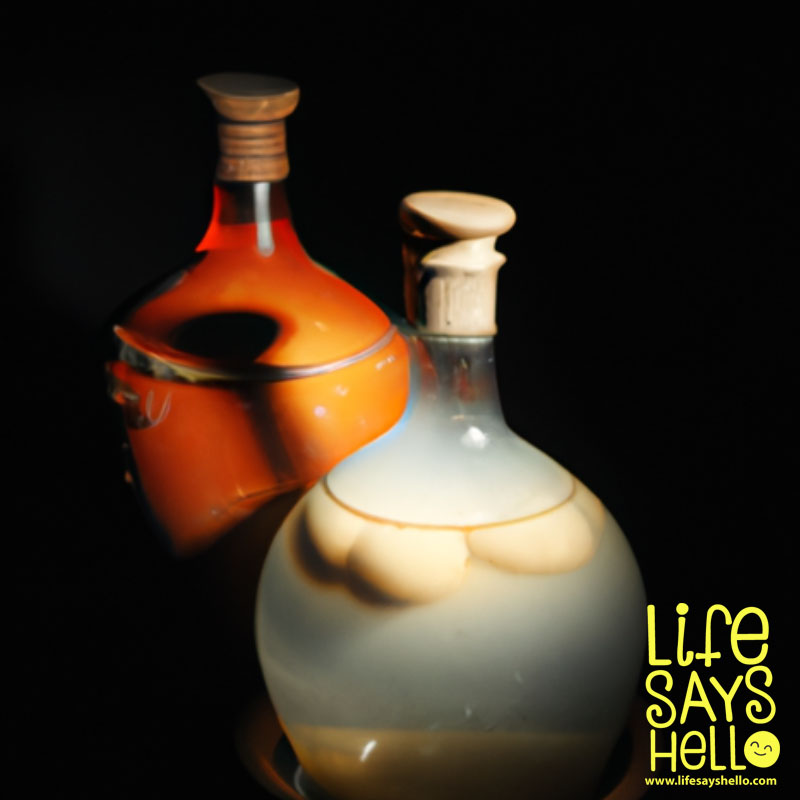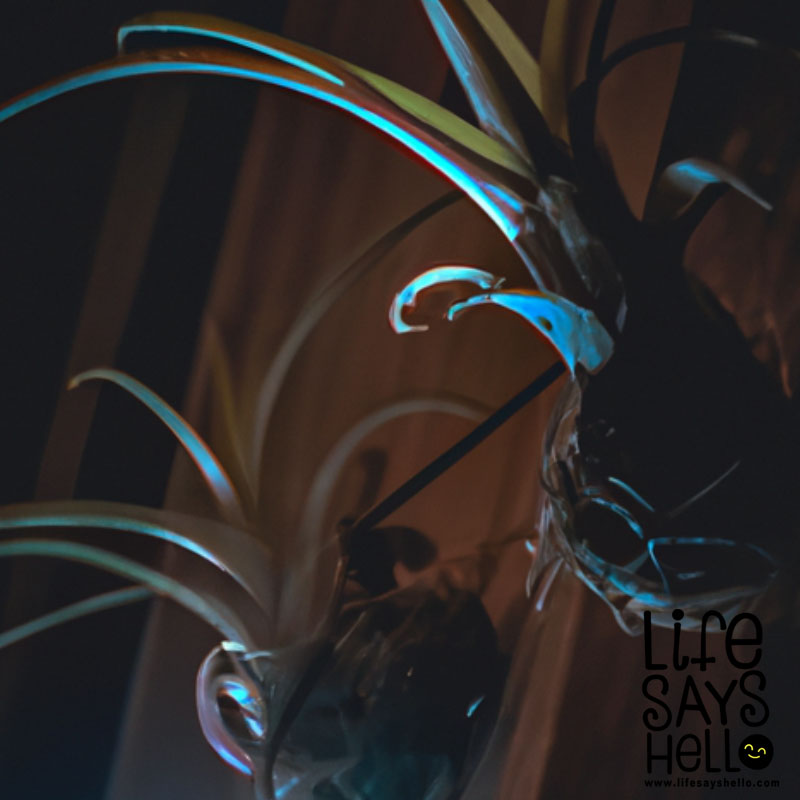The Hidden Dangers of Hydrangeas: Are They Poisonous to Cats and Dogs?

As a pet owner, it's essential to be aware of the potential risks that certain plants pose to our furry friends, and hydrangeas are no exception; in this comprehensive guide, we'll explore whether these popular garden plants are poisonous to cats and dogs and how to keep your pets safe.
Introduction
Hydrangeas, with their stunning clusters of flowers and lush foliage, are a popular choice for many garden enthusiasts. These beautiful plants can enhance the aesthetic appeal of any outdoor space, but as a responsible pet owner, it's crucial to be aware of the potential risks that certain plants pose to our furry friends. In this comprehensive guide, we will explore the question: Are hydrangeas poisonous to cats and dogs? We'll also provide tips on how to keep your pets safe around these plants and suggest pet-friendly alternatives.
Are Hydrangeas Poisonous to Cats?
While hydrangeas are undeniably beautiful, they can pose a risk to your feline companions. The plant contains a compound called amygdalin, which is a cyanogenic glycoside. When ingested, this compound breaks down into hydrogen cyanide, a toxic substance that can cause harm to cats.
Symptoms of hydrangea poisoning in cats can vary, but some common signs include:
- Vomiting
- Diarrhea
- Abdominal pain
- Lethargy
- Increased heart rate
- Difficulty breathing
- Tremors
- Seizures
If you suspect that your cat has ingested a part of a hydrangea plant, it's essential to act quickly. Contact your veterinarian or an emergency animal clinic immediately for advice on how to proceed. They may recommend inducing vomiting, administering activated charcoal, or other treatments to help reduce the absorption of the toxin. In severe cases, your cat may require hospitalization and supportive care to recover from the poisoning.
Are Hydrangeas Poisonous to Dogs?
Like cats, dogs are also at risk of hydrangea poisoning. The same compound, amygdalin, is present in hydrangeas and can cause similar symptoms in dogs as in cats. Although dogs may be less likely to chew on plants compared to their feline counterparts, it's still essential to be aware of the potential dangers and monitor your dog's behavior around hydrangeas.
Symptoms of hydrangea poisoning in dogs can include:
- Vomiting
- Diarrhea
- Abdominal pain
- Lethargy
- Rapid or labored breathing
- Increased heart rate
- Weakness
- Tremors
- Seizures
If you believe your dog has ingested hydrangea, contact your veterinarian or an emergency animal clinic as soon as possible. They will provide guidance on the appropriate course of action, which may include inducing vomiting, administering activated charcoal, or providing supportive care. In severe cases, your dog may need to be hospitalized to receive the necessary care to recover from the poisoning.
How to Keep Your Pets Safe Around Hydrangeas
As a pet owner, it's your responsibility to ensure that your pets are safe around plants in your garden or home. Here are some tips to help prevent your pets from accessing hydrangeas and keep them safe:
Fence off your hydrangeas: Create a barrier around your hydrangea plants using fencing or other materials to prevent your pets from accessing them. This can be especially helpful if you have a dog who likes to dig or a curious cat who enjoys exploring your garden.
Choose pet-friendly plants: If you're concerned about the safety of your pets around hydrangeas, consider planting pet-friendly alternatives in your garden. Some non-toxic options include roses, sunflowers, marigolds, and snapdragons.
Monitor your pets around plants: Keep an eye on your pets when they're outside and ensure they don't have access to potentially toxic plants. Be familiar with the signs of poisoning in case your pet does ingest a harmful plant.
Educate yourself on toxic plants: Familiarize yourself with other common plants that are toxic to pets, such as lilies, azaleas, and oleanders. This knowledge can help you make informed decisions about the plants you choose to have in your garden or home.
Keep indoor plants out of reach: If you have hydrangeas or other potentially toxic plants inside your home, make sure they're placed in areas where your pets cannot access them.
Conclusion
Hydrangeas, while beautiful, can pose a risk to both cats and dogs due to the presence of amygdalin, a compound that breaks down into toxic hydrogen cyanide when ingested. As a pet owner, it's essential to be aware of the potential dangers and take steps to keep your pets safe around these plants. By fencing off hydrangeas, choosing pet-friendly plants, monitoring your pets around plants, and educating yourself on toxic plants, you can create a safe and enjoyable environment for your furry friends.




Comments